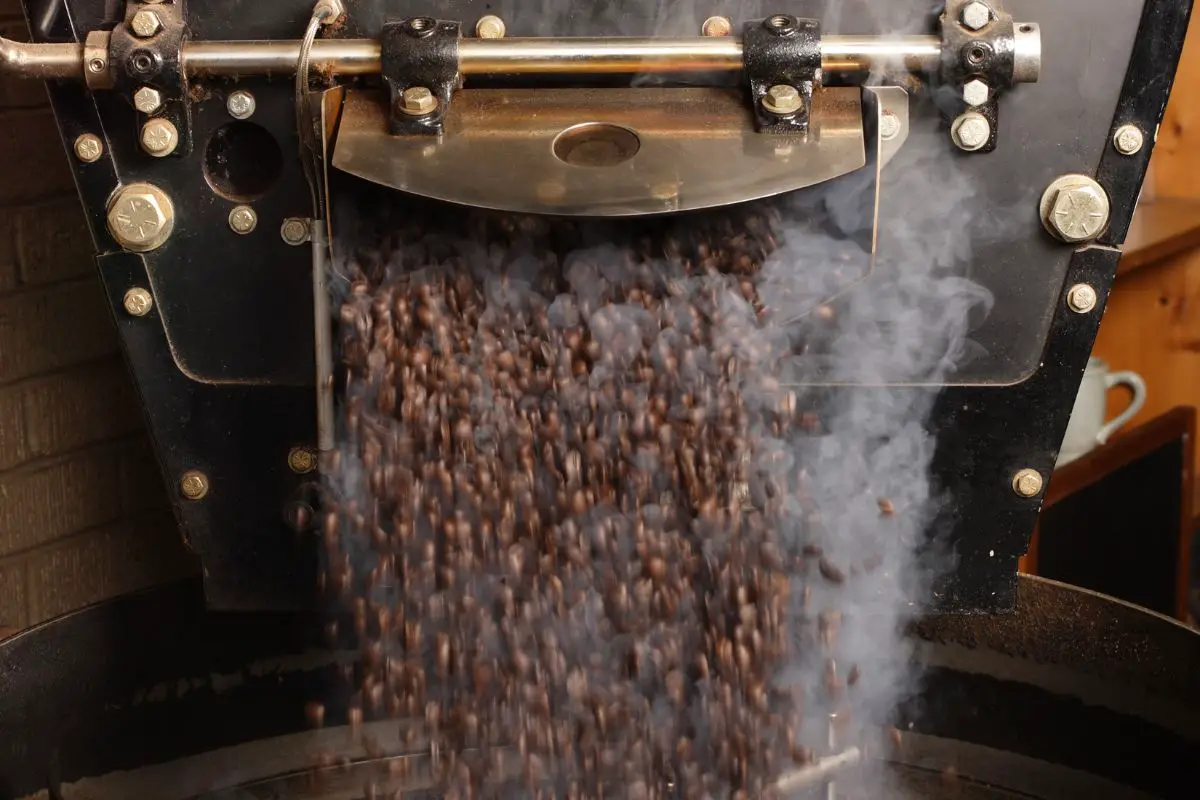Coffee enthusiasts are often curious about the degassing process of coffee beans and its impact on the flavor and brewing experience. In this article, we will delve into the concept of degassing and shed light on whether coffee beans need to degas before brewing.

What is Degassing?
Degassing is a natural process that occurs after coffee beans are roasted. During the roasting process, carbon dioxide (CO2) is formed and trapped within the beans. Degassing refers to the release of this trapped gas from the beans over time.
The Importance of Degassing
Degassing plays a crucial role in coffee flavor development. Freshly roasted coffee beans contain a significant amount of CO2, which, if not allowed to escape, can negatively impact the brewing process and result in undesirable flavors in the final cup.
The Degassing Period
Coffee beans typically require a degassing period after roasting to allow the CO2 to escape and the flavors to stabilize. The duration of this period can vary depending on various factors, including the roast level, bean origin, and specific coffee varietal.
As a general guideline, coffee beans require a degassing period of approximately 24 to 48 hours after roasting. During this time, the CO2 gradually escapes from the beans, and the flavors begin to develop and mellow. This degassing period is particularly important for espresso preparation, as excessive CO2 in the coffee grounds can lead to inconsistent extraction and hinder the creation of a balanced and flavorful shot.
Optimal Timing for Brewing
While it is possible to brew coffee shortly after roasting, many coffee enthusiasts prefer to wait until the degassing process is complete to achieve the best flavor extraction. The optimal time to brew coffee is generally within 4 to 14 days after the roast date.
During this period, the CO2 levels in the beans have significantly reduced, allowing for a more balanced and nuanced flavor extraction. It’s worth noting that individual preferences may vary, and some individuals may enjoy the flavors of coffee beans at different stages of degassing. Therefore, experimenting with different degassing times can help you discover your preferred flavor profile.
Factors Influencing Degassing
Several factors can influence the degassing process of coffee beans:
1. Roast Level
Lighter roasts tend to degas more quickly compared to darker roasts. The longer and darker the roast, the more CO2 is produced, resulting in a more extended degassing period.
2. Bean Origin and Varietal
Different coffee origins and varietals have varying degassing characteristics. Factors such as altitude, bean density, and moisture content can impact the degassing process.
3. Packaging
The packaging used for storing coffee beans can affect the degassing process. Specialty coffee is often packaged in bags with one-way valves, allowing CO2 to escape while preventing oxygen from entering, which can lead to staleness.
Conclusion
In conclusion, coffee beans do need to degas after roasting to ensure optimal flavor extraction. The degassing process allows the trapped carbon dioxide to escape, enabling the flavors to develop and stabilize.
While the general guideline suggests waiting for 24 to 48 hours after roasting before brewing, the optimal time for brewing coffee is typically within 4 to 14 days after the roast date.
By understanding the degassing process and considering individual preferences, coffee enthusiasts can enjoy the freshest and most flavorful cups of coffee.